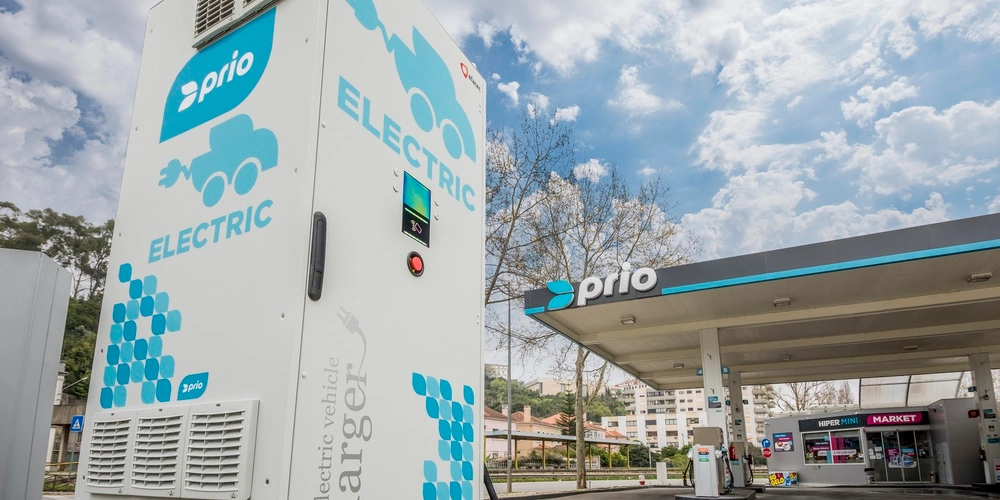“We started installing charging points in the Canary Islands and the Peninsula at the same time, but as of today, we have approximately 20 operational in the Canary Islands and two in the Peninsula,” explains Carlos Ferraz, eMobility Director at PRIO.
In a conversation with Mobility Portal España, the Portuguese Charging Point Operator (CPO) affirms that they find it easier to get the points up and running in one location compared to the other.
“We began the processes at the end of 2021, and approximately a year later, the equipment located in the Canary Islands was operational, while in the Peninsula, it was delayed a bit more,” he adds.

But what is the reason?
According to Ferraz, they face many difficulties, mainly due to issues related to the power of the points, which often require restarting the installation process.
Unlike Spain, Portugal has a publicly available map of the electrical network capacity, which allows both CPOs and eMobility Service Provider (eMPS) to check the availability of each location.
While in the national territory, the lack of this information can make the process more complex and hinder cost planning.
Another factor that may influence is that the Canary Islands “are a smaller location, with fewer entities involved and greater proximity between them.”
“I believe this can make it easier for CPOs to operate in the Islands compared to the Peninsula,” he emphasizes.
According to the latest figures published by the Spanish Association of Automobile and Truck Manufacturers (ANFAC), Spain currently has approximately 30,000 installed charging points.
Of these, about 7,728 are still not operational.
In this context, the third reason, and the most mentioned by the different actors in the sector, are the bureaucratic obstacles and the numerous steps that an operator must follow to get the equipment enabled.
Among these procedures, one must contact the corresponding City Council, the Provincial Council, the Autonomous Community, the energy distribution company, among others, where each operates independently.
“In Portugal, we have a distribution network operator, so we only have to deal with one entity, while in Spain, you have to deal with several,” Ferraz indicates.
In this regard, Félix García, Communication and Marketing Director of ANFAC, details to Mobility Portal España: “They report to us that, for example, for high-power points, it is taking more than 450 days to get them operational.”

“The ideal would be for the process to be unitary, that is, for all parties to agree and for it to be the same for everyone,” he emphasizes.
This would allow the charging location to be operational “a few weeks” after its installation.
However, the representative of the entity highlights a positive trend observed this year, showing that of the 7,700 currently out-of-service points, in October they were almost 9,000.
This indicates a significant improvement, so reducing bureaucracy and procedures “represents a key point” to continue on this path.
It is important to note that this problem is not exclusive to Spain but is common throughout Europe.
“This is the main bottleneck currently in the whole continent,” states Carlos Ferraz.
As an example, the eMobility Director of PRIO reveals that in Portugal, the company started the process to enable a charging point in 2020 and has not yet managed to get it up and running.
Today, the average waiting time in the country ranges from nine to ten months.
“Some can be completed in less time, and others may take longer, depending on the location,” he notes.
Despite this, he acknowledges that the neighboring country has an advantage in that they have more streamlined processes.
“They are not the best, but we are working every day together with the Government to improve them,” he mentions.
According to figures published by MOBI.E, the public company that operates and manages the electric charging network in Portugal, they currently have approximately 4,145 charging stations.
Of this total, around 76 belong to PRIO, one of the leading companies in the installation of charging points, which is electrifying its more than 250 petrol stations, located from north to south of the country.
Now, the firm aims to replicate this leadership in Spain and position itself as a strong competitor, deploying across the entire national territory.






